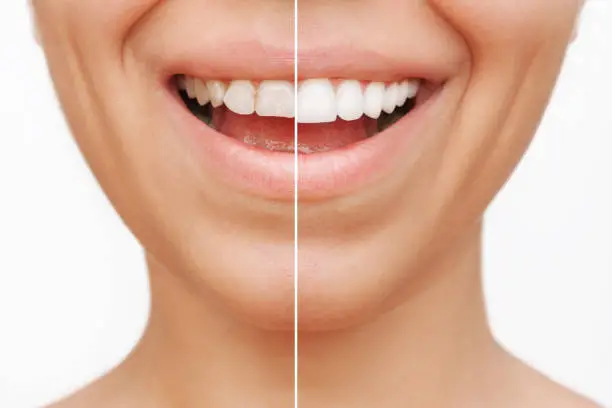Teeth whitening is one of the most sought-after cosmetic dentistry treatments. With innovations like the Philips Zoom whitening lamp, achieving a radiant smile has never been easier. But what if you have cracked teeth? Does that mean you should refrain from using such treatments? Let’s explore this topic in detail.
Understanding Cracked Teeth
Cracked teeth are a common dental concern. A tooth can crack due to various reasons such as biting down on something hard, trauma, temperature extremes, or even as a result of large fillings that weaken the remaining tooth. Cracks can range from minor superficial ones that are barely noticeable to significant fractures that extend into the tooth’s pulp.
Philips Zoom Whitening Lamp – A Quick Overview
The Philips Zoom whitening lamp is a cutting-edge solution that uses light-activated technology. The procedure involves applying a specially designed whitening gel on the teeth, which is then activated using the blue LED light from the Zoom lamp. This light-activated process can enhance the teeth’s color in a short span, making it a favored choice for many seeking quick results.
Whitening Cracked Teeth – The Concerns
When considering whitening procedures on cracked teeth, there are a few key concerns:
Sensitivity: Cracked teeth are generally more susceptible to sensitivity. Introducing them to whitening agents might exacerbate this sensitivity, especially when activated with light and heat, as is the case with the Philips Zoom lamp.
Uneven Whitening: The whitening gel can penetrate cracks, potentially causing uneven whitening. The crack might appear lighter or darker than the rest of the tooth, making it more noticeable.
Potential for Further Damage: While the Philips Zoom process is generally considered safe, there’s a concern that the procedure might cause further damage to already compromised teeth. This is more of a concern if the crack extends deep into the tooth structure.
Professional Assessment is Crucial
If you have cracked teeth and are contemplating a whitening treatment, the first step should be a thorough assessment by a dental professional. Here’s why:
Determine the Extent of the Crack: Not all cracks are the same. A superficial crack on the enamel might not pose as much of a concern as a deep crack extending to the pulp. A dentist can use tools like X-rays to gauge the depth and severity of the crack.
Evaluate Suitability: Based on the assessment, the dentist can then determine if you’re a good candidate for the Philips Zoom treatment or suggest alternative whitening methods that might be more appropriate.
Customized Approach: In some cases, a dentist might be able to tailor the whitening procedure to minimize potential risks. For instance, they could use a barrier to prevent the whitening agent from penetrating deep into the crack.
Alternative Treatments
If the Philips Zoom lamp isn’t suitable for your cracked teeth, there are other cosmetic treatments that might be more appropriate:
Dental Veneers: Thin shells that cover the front surface of the tooth, veneers can hide discolorations and cracks, offering a dual solution.
Bonding: This involves applying a tooth-colored resin to the tooth, which can hide the crack and discoloration.
Crowns: If the crack is significant, a crown might be recommended both for cosmetic reasons and to strengthen the tooth.
Conclusion
The Philips Zoom whitening lamp is a revolutionary treatment in the realm of cosmetic dentistry. However, if you have cracked teeth, it’s imperative to approach teeth whitening with caution. While the procedure might be suitable for minor, superficial cracks, it might not be recommended for deeper fractures. A professional assessment is crucial to determining the best course of action. Remember, while a bright smile is desirable, preserving the health and integrity of your teeth should always be the priority.
Source: https://bleach-infiniter.com





